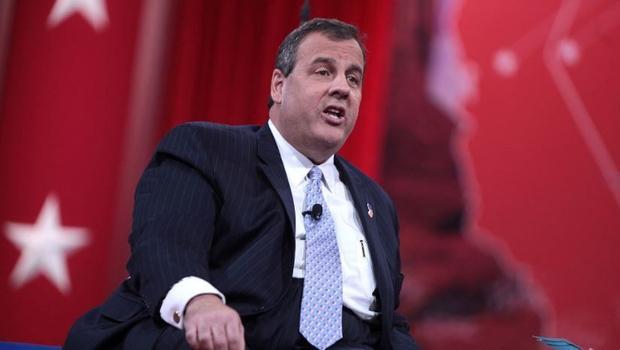Drug overdose deaths and opioid-involved deaths continue to increase in the United States. The majority of drug overdose deaths (more than six out of ten) involve an opioid, according to the Centers for Disease Control and Prevention (CDC). Statistics now show 91 people dying every day from an opioid overdose.
With 64,000 fatal overdoses expected this year, the number of deaths is even having an impact on employment and businesses. And a new problem has reared its ugly head in the economic impact the crisis is having on small-town finances in many states. Even coroners and medical examiner offices are feeling the affects of the opioid crisis.
Federal action has not done much
It has been six months since President Trump signed an executive order creating a commission to “combat the the opioid crisis.” Then, on August 10, he described the crisis as a “national emergency.” Trump has not yet made an official national emergency declaration because such a move would give states access to federal funds to fight it.
Actually, according to the Intercept, there’s no evidence that the Trump administration has moved on nearly any of his drug commission’s recommendations. It has gotten so bad around the country that not only are morgues overcrowded, but so are jails and courtrooms. In fact, counties and cities are facing higher costs in emergency call volumes.
But let’s add a little bit to those emergency calls. In Indiana County, Pennsylvania, a predominately rural, mountainous region of the state, autopsy and toxicology costs there have nearly doubled in six years, from about $89,000 in 2010 to $165,000 in 2016, county data shows.
Mike Baker, the county’s top government official, says that because of the soaring costs of prosecuting opioid-related crimes and providing the accused with a public defender, the county is using contingency funds to pay for the added costs.
Naloxone, the one drug capable of reversing an overdose, has become almost too costly to purchase, adding another problem for emergency responders to cope with. Evzio, an auto-injector for naloxone similar in function to the EpiPen, rose from $690 in 2014 to $4,500 today. Other formulations of naloxone have also seen similar increases in price.
Medical examiners feeling the affects of the crisis
According to Vice, The National Association of Medical Examiners mandates that “every medical examiner in the roughly 70 accredited offices around the country perform no more than 250 autopsies a year.” If a medical examiner’s office goes over that number too many times, the office is placed on provisional accreditation until the numbers go back down.
And this has become a real problem for many medical examiner offices where the number of autopsies has risen three-fold or more over the past two years. New Hampshire’s medical examiners can’t completely autopsy every body anymore. It’s been getting too many.
Connecticut’s Office of the Chief Medical Examiner did lose its full accreditation and was placed on provisional status this year. Chief Medical Examiner James Gill said the opioid crisis had tripled the number of bodies the office sees. “We are at increased risk for making mistakes, and that can affect our credibility with families, with jurors, with attorneys, with judges,” Gill said.
The American economy is suffering because of the opioid crisis
Digital Journal has already reported on the impact opioids have on the work force. A Goldman Sachs report in July stated: “The opioid crisis was initially fueled by the misuse of prescription opioids, but the spike in overdose deaths in the last five years has come from “heroin and illicit fentanyl users, most of whom previously used prescription opioids but switched to these cheaper, more accessible drugs”.
And recent reports, including one from the Federal Reserve Chair, Janet Yellen, point to prime-age men, in particular, falling out of the work force due to addiction with opioids. There are six million jobs available in the U.S. right now, yet there are also 20 million people in the U.S. addicted to narcotics, including opioids.
The failures of the federal government are stalling help to states
Let’s look at the president’s opioid commission first. New Jersey Governor Chris Christie, who chairs the commission, backs Trump’s “commitment” to declare an emergency, but Press Secretary Sarah Huckabee Sanders would only call the declaration an “involved process.”
The commission has a final report due on October 1, but Christie has already asked for a one-month extension.
In all fairness, the only progress made on Trump’s opioid policy in the last month has been the announcement of an already existing partnership between the government and the pharmaceutical industry “to research and generate non-opioid pain medication and additional medication-assisted treatment options.”
Things have gotten so bad that on September 19, 51 House Democrats led by Rep. Elijah Cummings, D-Md., sent a letter to the president, urging the administration to declare a national emergency and act on one critical recommendation: ensuring that naloxone, a drug used to reverse the effects of an opioid overdose, gets into the hands of every law enforcement officer in the United States.
But looking at all the problems and lack of any solutions so far, it seems clear that by not officially declaring the opioid crisis a “national emergency,” the Trump administration has effectively kept federal monies out of the hands of the states. His inaction, coupled with his lack of understanding of the drug crisis, has not only caused a deterioration of our healthcare system, but impacted our judiciary system and our economy.

















